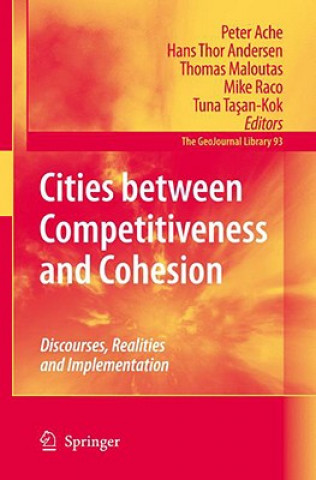
Code: 04194701
Cities between Competitiveness and Cohesion
by Peter Ache
The central aim of many analyses in population studies and demography is to explain cause-effect relationships among variables or events. For decades, population scientists have concentrated their efforts on estimating the causes ... more
- Language:
 English
English - Binding: Hardback
- Number of pages: 306
Publisher: Springer-Verlag New York Inc., 2008
- More about this

185.99 €

Low in stock at our supplier
Shipping in 13 - 16 days
Potřebujete více kusů?Máte-li zájem o více kusů, prověřte, prosím, nejprve dostupnost titulu na naši zákaznické podpoře.
Add to wishlist
You might also like
-
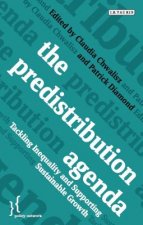
Predistribution Agenda
175 € -

Best Christmas Ever!
7.14 € -18 % -

Bride Says No
7.35 € -21 % -
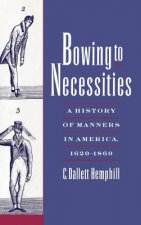
Bowing to Necessities
242.01 € -

Wealth of Buildings: Marking the Rhythm of English History
120.90 € -

Classifying Madness
120.90 € -

Breakers
10.57 € -18 %
Give this book as a present today
- Order book and choose Gift Order.
- We will send you book gift voucher at once. You can give it out to anyone.
- Book will be send to donee, nothing more to care about.
More about Cities between Competitiveness and Cohesion
You get 467 loyalty points
 Book synopsis
Book synopsis
The central aim of many analyses in population studies and demography is to explain cause-effect relationships among variables or events. For decades, population scientists have concentrated their efforts on estimating the causes of effects (e.g. What accounts for the decline of fertility rates? ) by applying standard cross-sectional and dynamic regression techniques, with regression coefficients routinely being understood as estimates of causal effects. The standard approach to infer the effects of causes (e.g. What is the effect of women s labour force participation on fertility? ) in natural sciences and in psychology is to conduct randomised experiments. In population studies, experimental designs are unfeasible. Nevertheless, quasi or natural experiments are sometimes performed to estimate treatment effects. However, most research is based on non-experimental designs (also called observational or survey designs).§Inferring the effects of causes or treatment effects from other than experimental data is tricky. However, treatment effects can be inferred from non-experimental data with a counterfactual approach. In such a perspective, causal effects are defined as the difference between the potential outcome irrespective of whether or not an individual received a certain treatment (or experienced a certain cause). The counterfactual approach to estimate effects of causes from quasi-experimental data or from observational studies was first proposed by Rubin (1974). Other important contributions include the work of James Heckman and collaborators and of Charles Manski and collaborators.
 Book details
Book details
Book category Books in English Society & social sciences Society & culture: general Social groups
185.99 €
- Full title: Cities between Competitiveness and Cohesion
- Subtitle: Discourses, Realities and Implementation
- Author: Peter Ache
- Language:
 English
English - Binding: Hardback
- Number of pages: 306
- EAN: 9781402082405
- ISBN: 1402082401
- ID: 04194701
- Publisher: Springer-Verlag New York Inc.
- Weight: 1390 g
- Dimensions: 235 × 155 × 23 mm
- Date of publishing: 04. May 2008
Trending among others
-

Women Who Run with the Wolves
9.86 € -17 % -

Women Who Run With The Wolves
13.49 € -29 % -

The Mastery of Love
12.28 € -19 % -

Second Sex
15.10 € -4 % -

The Velvet Rage
16.31 € -22 % -
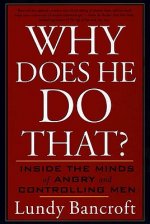
Why Does He Do That?
16.51 € -17 % -

Hillbilly Elegy
12.69 € -36 % -

Who Cooked the Last Supper?
19.84 € -5 % -

Humans of New York
25.78 € -16 % -

Lean In
12.79 € -23 % -

Letters to a Young Muslim
11.78 € -24 % -
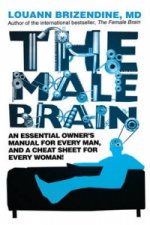
Male Brain
12.38 € -21 % -
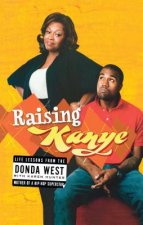
Raising Kanye
16.01 € -20 % -
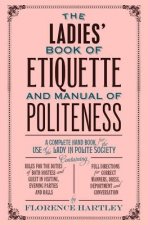
Ladies' Book of Etiquette and Manual of Politeness
11.88 € -25 % -

Witches, Witch-hunting, And Women
12.89 € -14 % -

Black Elk Speaks
20.54 € -9 % -

History of Masculinity
13.39 € -19 % -

It's a Guy Thing
19.84 € -

Vindication of the Rights of Woman
7.35 € -27 % -

North American Indians
15.10 € -20 % -

Maimonides-Essential Teachings on Jewish Faith & Ethics
16.21 € -18 % -

Dona Gracia of the House of Nasi
23.26 € -19 % -

Duke of Naxos of the House of Nasi
23.26 € -19 % -

Beginner's Ladino with Online Audio
17.32 € -16 % -

Contemplation of the Holy Mysteries
23.37 € -

The Politically Incorrect Guide to Jihad
18.23 € -20 % -

Exile and Pride
20.65 € -13 % -

Between the World and Me
21.35 € -17 % -
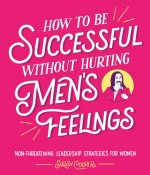
How to Be Successful Without Hurting Men's Feelings
11.78 € -29 % -

Manipulated Man
14.20 € -16 % -

Think Like a Monk
14.50 € -29 % -

Goddesses in Everywoman
12.18 € -22 % -

Iron John
15.71 € -25 % -

The Autobiography of Malcolm X
10.47 € -7 % -
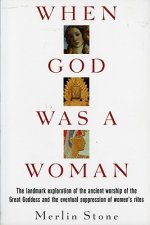
When God Was A Woman
19.64 € -2 % -
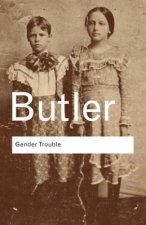
Gender Trouble
27.19 € -

Zami
10.07 € -24 % -

The Way of Men
14.50 € -14 % -

Tom of Finland. The Complete Kake Comics
21.15 € -

Desert Flower
10.07 € -24 % -

Uncle Tom's Cabin
4.83 € -19 % -

Indigenous Peoples' History of the United States
15.41 € -15 % -
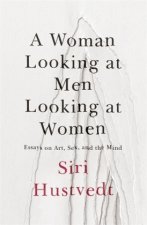
Woman Looking at Men Looking at Women
12.18 € -27 % -
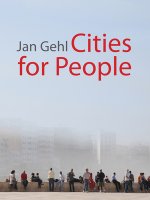
Cities for People
62.86 € -2 % -
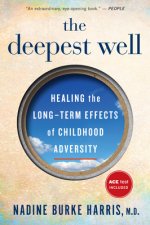
Deepest Well
16.51 € -17 % -

Like She Owns the Place
17.32 € -21 % -

Hillbilly Elegy
21.05 € -31 % -

Autobiography of Malcolm X
10.17 € -23 % -

Native American Clothing
55.51 € -14 %
Collection points Bratislava a 2642 dalších
Copyright ©2008-24 najlacnejsie-knihy.sk All rights reservedPrivacyCookies


 15549 collection points
15549 collection points Delivery 2.99 €
Delivery 2.99 € 02/210 210 99 (8-15.30h)
02/210 210 99 (8-15.30h)